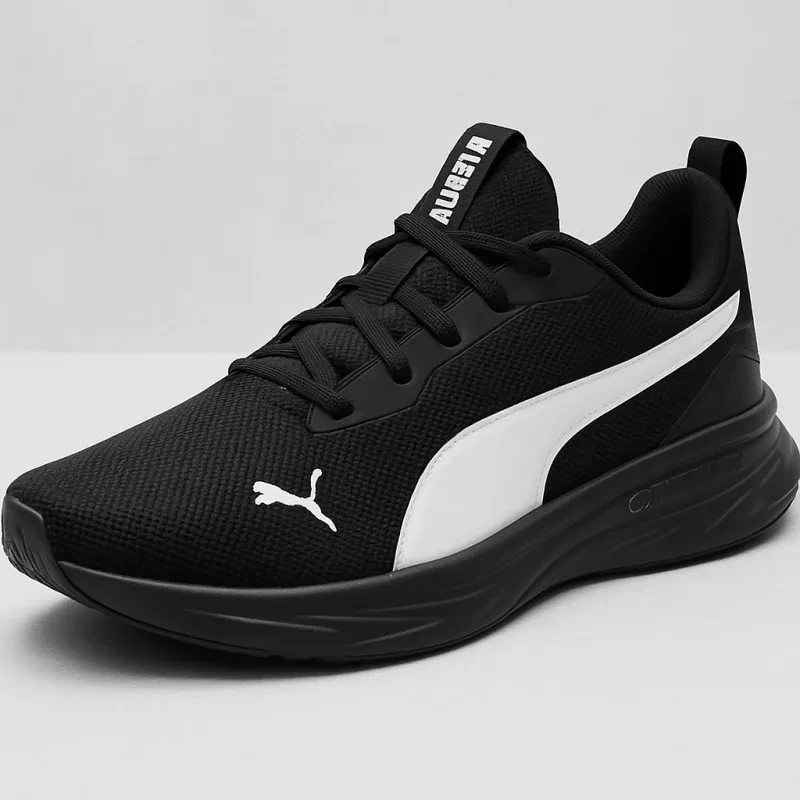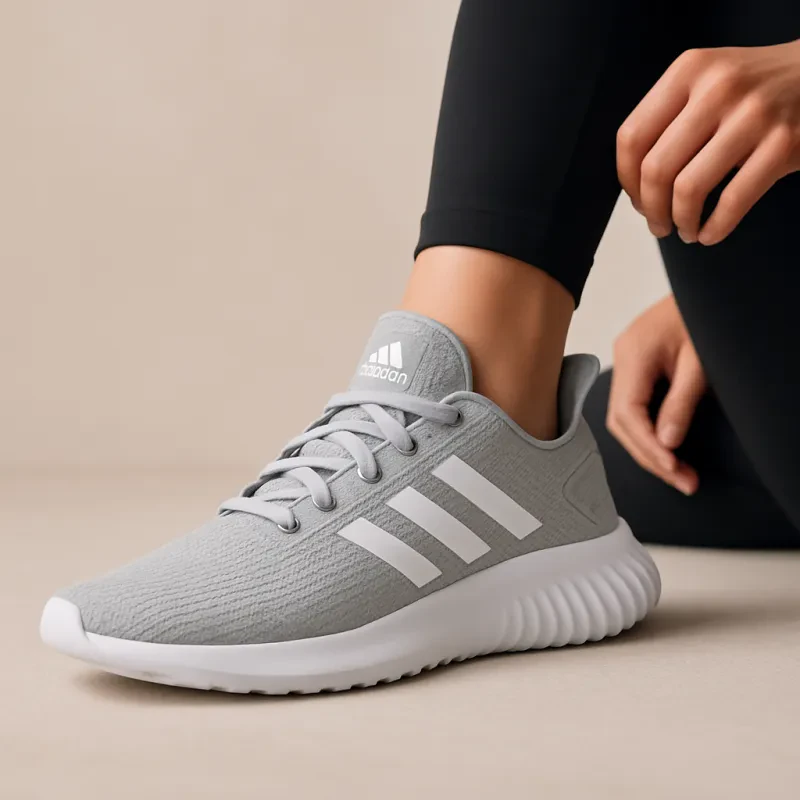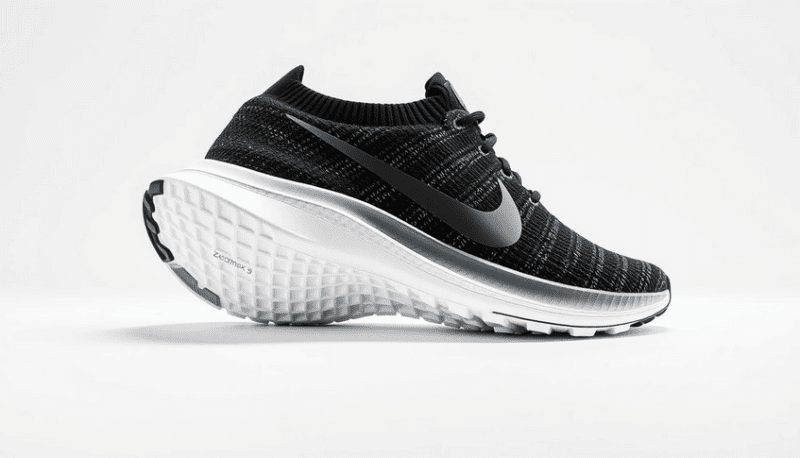Choosing the right walking pad can enhance our fitness routine, especially in a compact living space like a condo. Understanding the specific needs and features of walking pads will help us make an informed decision that suits our lifestyle. With the convenience of walking pads, we can exercise at home without needing a lot of space or equipment.

In addition to their compact design, walking pads offer numerous health benefits, such as improved cardiovascular health and increased calorie burn. We need to consider factors like size, speed range, and compatibility with fitness tracking apps to select the best walking pad for our needs. With so many options available, knowing what features to prioritize can make all the difference.
By taking the time to compare models and read user reviews, we can find a walking pad that fits our space and exercise goals perfectly. This guide will walk us through the essential considerations for choosing the right walking pad for condo living.
Key Takeaways
- Walking pads are ideal for small spaces and provide health benefits.
- Key features include size, speed options, and app compatibility.
- User experiences help us make a more informed choice.
Benefits of Owning a Walking Pad in a Condo
Owning a walking pad in a condo offers practical solutions to common space and fitness challenges. It helps us maintain an active lifestyle without needing much room. Let’s explore some key benefits.
Space-Saving Design
Walking pads are designed to be compact and easily stored. They often fold up, allowing us to tuck them away when not in use. This feature is ideal for condos, where every square foot counts.
We can place a walking pad under the bed, couch, or even in a closet. This makes it easy to integrate a fitness routine into our limited living spaces.
Additionally, these devices are lightweight, making them simple to move around. We can set them up in various rooms based on our needs, such as using them in the living room while watching TV or in the office while working.
Improving Cardiovascular Health
Using a walking pad regularly can enhance our cardiovascular fitness. Walking is a gentle yet effective way to strengthen our heart and lungs.
With the convenience of a walking pad, we can fit in exercise at home. It allows us to walk at our own pace, promoting consistency in our routine.
We can easily track our progress with built-in features that monitor speed and distance. This information helps us stay motivated as we work towards our health goals.
Studies show that even short walking sessions can significantly contribute to better heart health. This makes walking pads a great addition to our condo lifestyle.
Convenience and Accessibility
A walking pad offers us the convenience to exercise whenever we want. We don’t need to travel to a gym or wait for equipment to become available.
It’s particularly beneficial during bad weather or when we have a busy schedule. We can walk at our own pace while watching TV or attending meetings, making multitasking easier.
Moreover, walking pads are typically quieter than traditional treadmills. This means we can exercise without disturbing our neighbors, which is especially important in apartment-style living.
We enjoy the flexibility to work out whenever it fits into our day, all from the comfort of home. This accessibility encourages a more active lifestyle, helping us stay fit and healthy.
Key Features to Consider When Choosing a Walking Pad

When we choose a walking pad for condo living, it’s essential to focus on features that maximize efficiency and comfort in a limited space. Key aspects include size and portability, motor and speed range, and user interface controls.
Size and Portability
For condo owners, size is crucial. We should look for walking pads that have a compact design. Many models are foldable, making them easy to store under a bed or in a closet.
Before deciding, we should measure the available space. A walking pad should fit comfortably without making the area feel cramped.
Considerations:
- Dimensions: Ensure the pad's length and width fit in our chosen space.
- Weight: Lighter models are often easier to move around.
- Storage Options: Check if it can stand upright or under furniture for convenience.
Motor and Speed Range
The motor’s power directly affects performance. Typically, we want a motor that can support a smooth walking experience without excess noise.
Most walking pads offer various speed settings. A range of 0.5 to 4.0 mph is common. This allows us to adjust based on our workout intensity.
Things to evaluate:
- Horsepower: More horsepower often means better performance.
- Adjustable Speeds: Look for models that let us switch speeds with ease.
- Noise Level: A quieter motor is preferable for apartment living to avoid disturbing neighbors.
User Interface and Controls
A user-friendly interface can make workouts more enjoyable. We should favor walking pads with clear displays showing time, speed, and calories burned.
Remote controls or apps can enhance usability. They let us change settings without stopping.
Key features to look for:
- Display Type: LCD screens provide better visibility.
- Control Options: Remote control can make adjustments easier mid-walk.
- Tracking Features: Some models include activity tracking, which can help keep us motivated.
Choosing the right features can make a real difference for condo owners who want to enhance their fitness routine at home.
Comparing Walking Pad Models

When choosing a walking pad, we have various models suited for different budgets and needs. Understanding the differences can help us make the right choice for our living space and workout preferences. Let's explore budget-friendly options, mid-range models, and high-end choices.
Budget-Friendly Options
For those of us on a tight budget, there are walking pads that won't break the bank. These models typically range from $200 to $400. They offer essential features like:
- Compact Design: Easy to store under furniture.
- Basic Speed Settings: Typically, a maximum speed of 3.7 mph.
- User-Friendly Controls: Simple interface for ease of use.
One popular example is the WalkingPad A1 Pro. It provides a decent workout without extra features. While they are limited in advanced options, they serve well for casual walkers or beginners.
Mid-Range Models
Mid-range walking pads usually cost between $400 and $800. They come with added features and better build quality. Key aspects include:
- Improved Stability: Suitable for more intense walking sessions.
- Foldable Design: Convenient for condo living.
- Variable Speed Options: Typically up to 5 mph or more.
The WalkingPad P1 is a great choice in this range. It has a larger walking surface and is quieter than basic models. This makes it perfect for those who work from home.
High-End Choices
High-end walking pads start at around $800 and can go much higher, offering premium features. They often include:
- Advanced Technology: Bluetooth connectivity and fitness tracking.
- Enhanced Durability: Built to withstand frequent use.
- Higher Speed and Incline Options: More workout variety.
The WalkingPad X21 stands out for its performance and comfort. It allows for greater speed and has incline settings. This is ideal for serious fitness enthusiasts who want a comprehensive workout experience.
Installation and Maintenance

Proper installation and regular maintenance are crucial for getting the most out of our walking pads. These steps ensure our equipment stays safe and effective for daily use.
Setting Up Your Walking Pad
Setting up our walking pad is typically straightforward. First, we unbox the unit in a clear space. Most models will need minimal assembly and can be ready within minutes.
We connect it to a power source and turn it on. Following the user manual is essential to ensure we unlock all functions, which may involve walking a short distance on the pad.
Don’t forget to check for any warnings about the surface beneath the pad. A flat, hard surface is ideal to prevent movement or damage. We can also download any recommended apps to enhance our experience and track our progress.
Routine Maintenance Tips
Routine maintenance helps keep our walking pad in good condition. Here are some key tasks:
-
Weekly Inspections: We should look for signs of wear and tear. Check the belt for fraying and the deck for any damage.
-
Lubrication: Regularly lubricating the belt is vital. This reduces friction and prolongs the life of the pad. It’s usually recommended to do this once a month or as needed.
-
Cleaning: Dust and dirt can affect performance. Wiping down the surface and checking for debris under the pad can prevent issues.
By staying consistent with these maintenance tasks, we can ensure a safer and more enjoyable workout experience.
User Reviews and Testimonials

When choosing a walking pad, user reviews can provide valuable insights. We can look at different features and experiences shared by real users.
Many users appreciate the space-saving design. Walking pads like the SupeRun easily fold and fit under furniture, making them perfect for condos. This feature allows us to have a workout option without sacrificing space.
Noise levels are another common topic. Most models operate under 45 dB, making them quiet enough for home use. Users often mention this aspect as a plus during online meetings or while watching TV.
However, some reviews point out limited workout options. Compared to larger treadmills, walking pads have fewer speed and incline settings. This can be a drawback for those seeking a more intense workout.
Here's a quick look at user feedback:
| Feature | Positive Feedback | Negative Feedback |
|---|---|---|
| Space-Saving | "Fits under my bed perfectly!" | "I wish it had more features." |
| Noise Level | "So quiet during calls!" | "Still sometimes hear it from the next room." |
| Workout Variety | "Great for casual walks!" | "Limited options for intense workouts." |
Considering these reviews will help us make a more informed choice for our living spaces.
Frequently Asked Questions
We understand that choosing a walking pad for a condo involves specific considerations. Here are some common questions that can help guide you in making the best choice.
What factors should be considered when selecting a walking pad for small living spaces?
When selecting a walking pad, size and portability are key. We should measure our available space and check the walking pad's dimensions. We also need to consider features like storage options, such as whether it can be easily folded and stored away when not in use.
How do walking pad features vary for individuals with different body sizes?
Walking pads often come with weight limits and size compatibility. We must check the pad’s specifications to ensure it can support our body weight comfortably. Additionally, the length and width of the walking surface should accommodate our stride length.
What are the noise levels of walking pads in multi-unit dwellings?
Noise levels can differ between models, so we should look for pads noted for quiet operation. Rubberized surfaces or noise-reduction technology can help reduce sound, which is important to avoid disturbing neighbors in a condo environment.
Can walking pads accommodate a variety of fitness levels, including seniors?
Many walking pads are designed to be user-friendly for all ages. Some models offer adjustable speeds and simple controls, making them suitable for seniors. It’s important for us to find a model that allows for easy adjustments to fit our fitness level.
What is the distinction between walking pads with incline options and flat walking pads?
Walking pads with incline options allow us to increase workout intensity without needing extra space. Inclining changes the muscle groups we target compared to flat pads, which are best for steady walking. We should consider our fitness goals when choosing between the two.
Is it beneficial to invest in a walking pad with a handle for stability?
A walking pad with a handle can provide added support, especially for those who may feel unsteady. Handles can help us maintain balance during our workouts. It can be a good feature, especially for seniors or anyone new to exercising.



